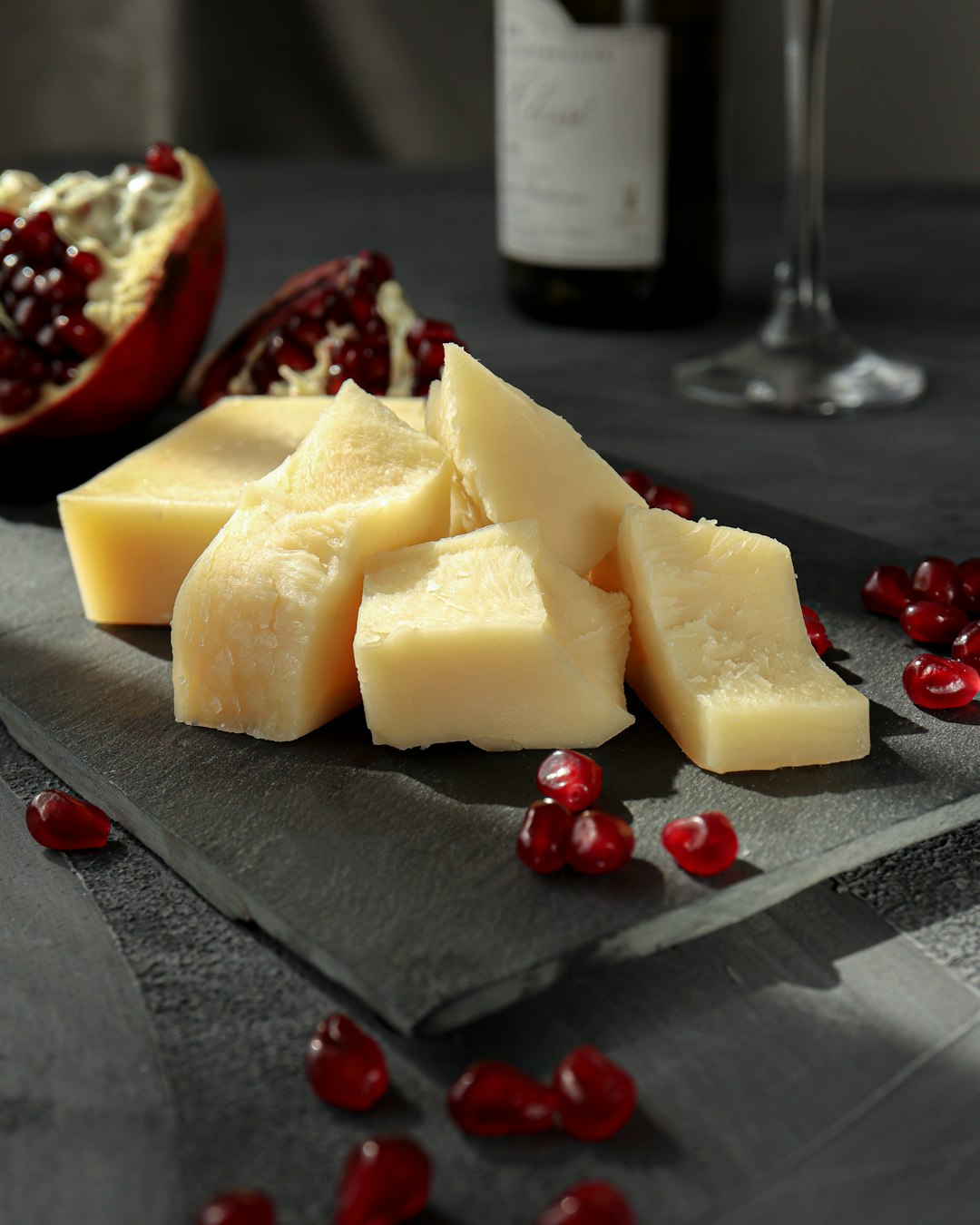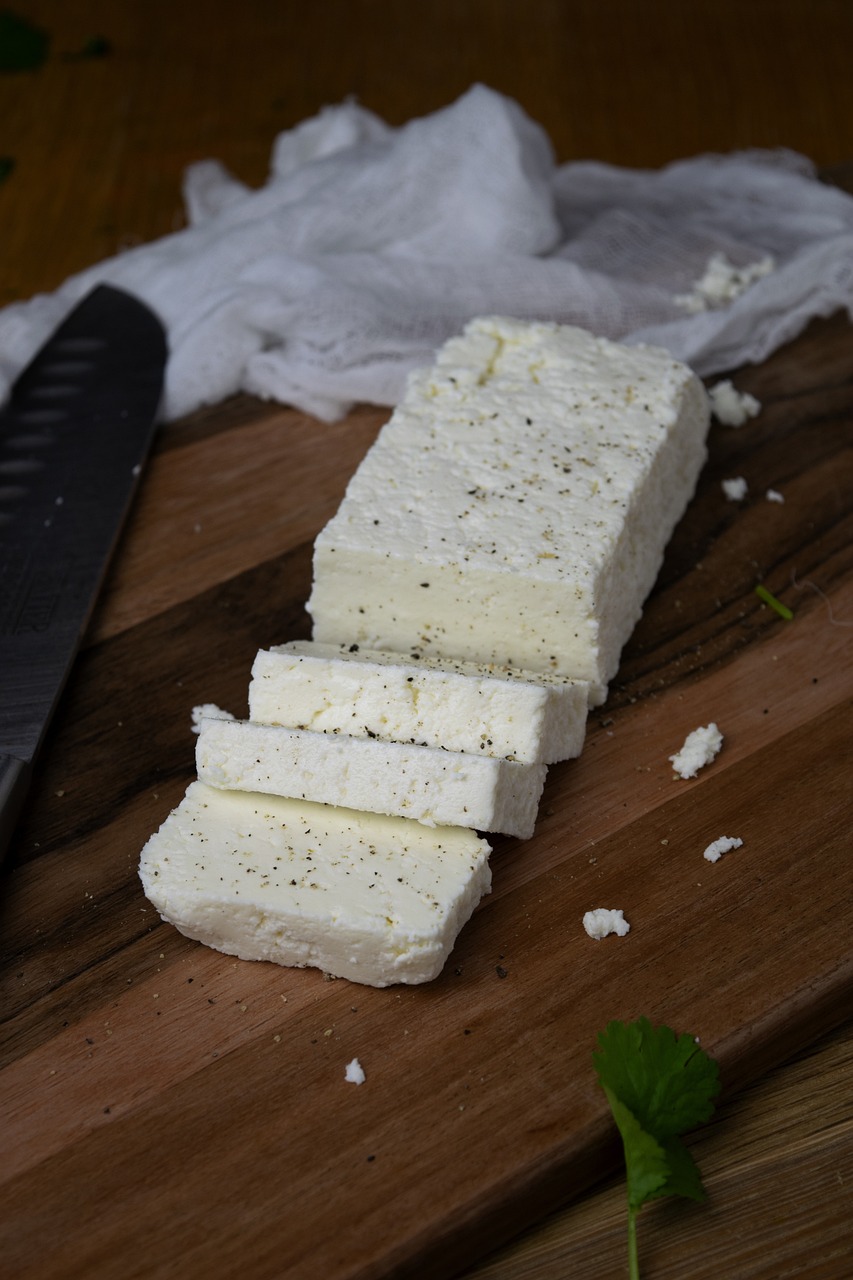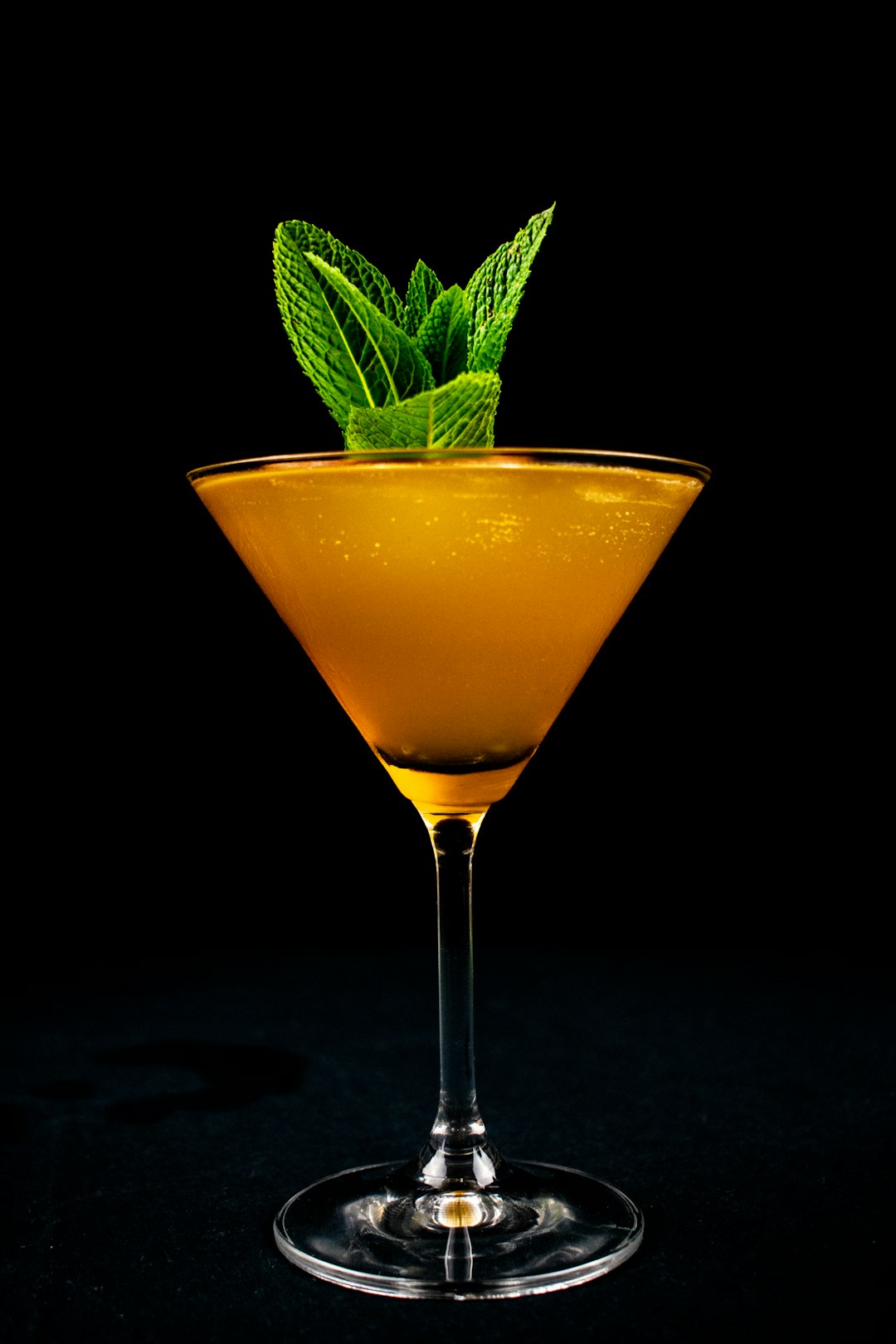In today’s world, many people are becoming more conscious of what goes into their food, including the ingredients used for coloring. Traditional food coloring, which often contains artificial dyes and chemicals, has raised concerns for some consumers. This has led to the growing popularity of all-natural food coloring, which is derived from plant-based ingredients and other natural sources. All-natural food coloring offers a safe, healthy alternative for anyone looking to add vibrant hues to their foods and beverages without the use of synthetic chemicals.
What is All-Natural Food Coloring?
All-natural food coloring is made from fruits, vegetables, and spices that are rich in natural pigments. These colors come from sources such as beets, spinach, turmeric, carrots, spirulina, and even flower petals. The process of creating these natural dyes typically involves extracting the color from the source ingredient and sometimes concentrating it into a powder or liquid form for easy use. These colors can be used to tint everything from baked goods and candies to drinks, frostings, and even pasta.
Benefits of All-Natural Food Coloring
- Healthier Option: Unlike artificial food coloring, natural food colors do not contain harmful chemicals such as FD&C dyes, which have been linked to allergic reactions and hyperactivity in children. Using plant-based colors ensures that you are consuming food without synthetic additives.
- Vibrant, Unique Hues: Natural food colors can produce a range of rich and unique hues that artificial dyes often fail to achieve. For example, beets can create a deep red or pink color, while turmeric produces a bright yellow. Each color is vibrant in its own way and can be used to create beautiful, natural decorations.
- Eco-Friendly: Since natural food colorings come from renewable plant sources, they are a more sustainable option compared to synthetic dyes, which often involve petrochemicals or other environmentally harmful processes.
Common Natural Food Coloring Sources
- Beet Juice: Produces vibrant red and pink hues.
- Turmeric: Offers a bright yellow or gold color.
- Spirulina: A blue-green algae that gives a teal or blue color.
- Purple Carrot: A source for creating deep purple or violet tones.
- Spirulina and Matcha: Provide green coloring, with spirulina yielding a bright, oceanic green and matcha offering a more muted, earthy shade.
How to Use All-Natural Food Coloring
Using natural food coloring is simple, but there are a few things to keep in mind. Some colors, especially those from powdered sources, are more concentrated and need to be diluted before use. Be aware that natural colors may not always be as vibrant or consistent as artificial ones, so it might take a bit of experimentation to get the right shade. When using liquid dyes, it’s best to add them gradually until the desired color is reached.
Conclusion
All-natural food coloring offers a healthier, eco-friendly alternative to synthetic dyes, providing a range of beautiful and safe hues for your culinary creations. By choosing plant-based colors, you can create vibrant, visually appealing dishes while maintaining a focus on health and sustainability. Whether you’re baking, decorating cakes, or simply adding color to your favorite meals, natural food coloring allows you to enjoy your food with peace of mind.










